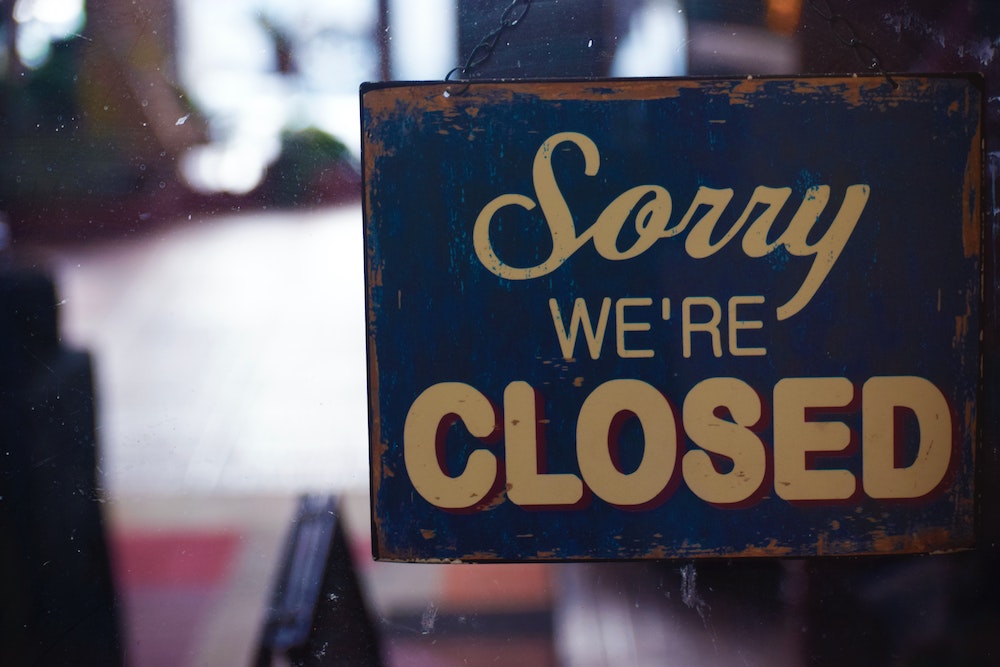As the lockdown proceeds with no official end date in sight, we must turn our attention to a new reality confronting us: It is impossible to proceed with a lockdown to prevent COVID-19 deaths without other harms resulting. This was an intellectual argument only but a few weeks ago.
But now, as exhaustion and unemployment mount, the question of trade-offs seems more vivid and more urgent. This is because we cannot have an economy—a measure of public health by its own standard—if we wait until there is no longer anyone dying from COVID-19. The economic harms may not be as totalizing as death, but they are the harms that eventually revert society back to the Hobbesian state of nature where life is “solitary, poor, nasty, brutish, and short.”
Login to read more
Sign in or create a free account to access Subscriber-only content.
